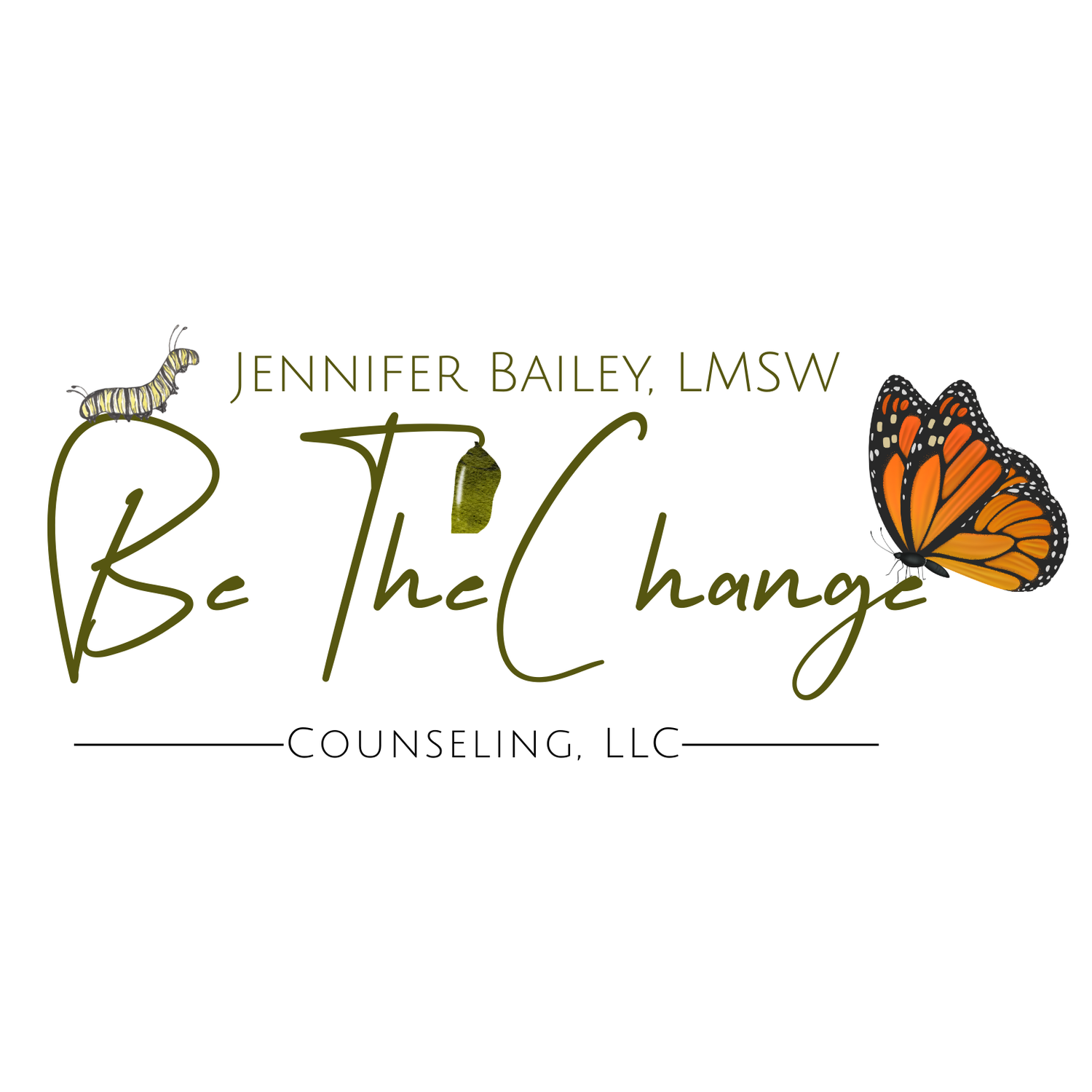Seasonal Affective Disorder (SAD) What Can I Do to Avoid It?
Fall is in full swing. The days are growing shorter and colder. Mornings are darker. Daylight savings time is imminent.
Do you find yourself cringing at these statements because you associate these changes with changes in yourself like low energy, social withdrawal, diminished enjoyment of pleasurable activities, and sad mood? If yes, you may be one of the 5% of Americans who suffer from Seasonal Affective Disorder or SAD each year.
Seasonal Affective Disorder happens due to physiological factors such as low Vitamin D due to decreased exposure to full spectrum light, a lack of time outdoors, and disrupted circadian rhythms. Melatonin production increases, which leads to drowsiness. Thus, that tendency to want to hibernate, right? However, this lack of energy can lead to decreased social contact and motivation to do things that benefit our mental health.
It tends to occur more with people who have struggled with depression. The Holidays, followed by the bleak month of January and February, can contribute to depression. Some studies show people can be genetically predisposed to this condition. Other experts say the exact cause of seasonal affective disorder isn’t fully understood.
The good news is one doesn’t have to be a hapless victim of SAD. Here are some tips to help you combat your tendency toward the Winter blues.
For about $25.00, you can obtain a full spectrum light. It is recommended that within one hour of rising to have at least 20-30 minutes of exposure to a light box that produces 10,000 lux of light.
Finding ways to exercise regularly, even if that exercise comes in 10 minutes increments, can help combat depression associated with seasonal changes. Taking up a Winter sport like snowshoeing or cross-country skiing is another idea.
Cognitive Behavioral Therapy can help one identify and fight negative thoughts that associate Fall and Winter with depression and replace one’s SAD narrative with hopeful, more realistic thinking and beliefs. Meeting with a counselor can help you put the principles of CBT into action in a personalized way.
Developing a new social hobby, like taking an enjoyable class, joining a local pickleball league, attending an evening church fellowship or Bible study, or taking a class to learn something new are all ways to engage the mind and avoid isolation.
If your seasonal depression is severe enough to affect your ability to function, antidepressant medication may be indicated. Wellbutrin (Buprprion) is one medication that is indicated for SAD.
So, this Winter, take charge of your emotional health. Feeling hopeful and happy again doesn’t have to wait for Spring!
